TROBOLO SilvaBlœm
Shapely composting toilet made of wood with HPL finish and optional exhaust system.
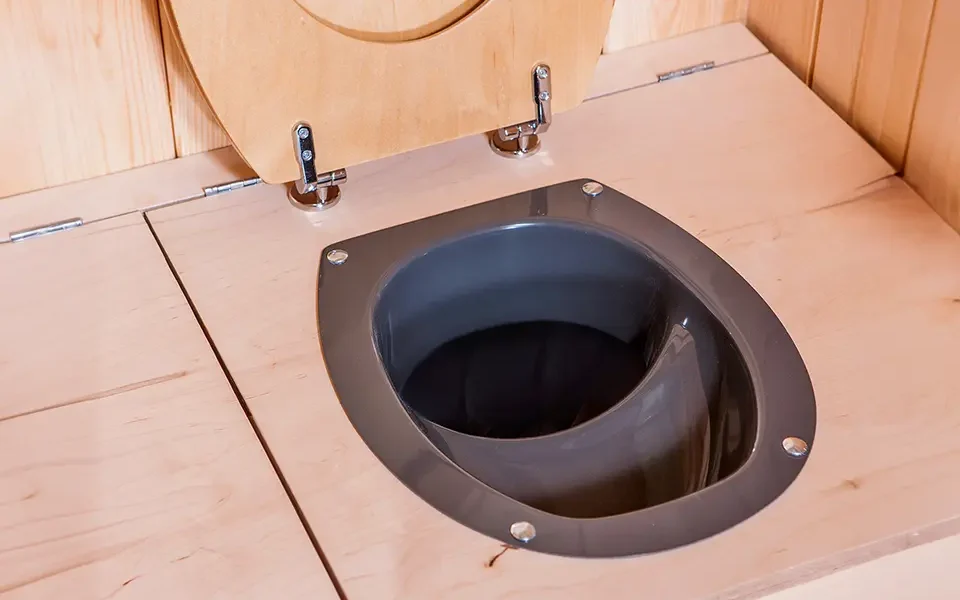
The special mode of operation of dry toilets and composting toilets with a separation system may appear somewhat experimental to some people and may create some reservations.
The use of a TROBOLO dry toilet is barely different from that of a conventional toilet. The seating position is identical to that of a toilet, which applies equally to women and men. The separation system works without contact, so that physical contact occurs exclusively on the toilet seat. Only urinating in a standing position should be avoided, otherwise the urine cannot be separated.
The height and diameter of the toilet seat correspond to common standard dimensions for larger wooden models. On smaller models, such as TROBOLO WandaGO Lite or TROBOLO BilaBox, the seat height is slightly lower due to the compactness. With the compact TROBOLO WandaGO, the seat level can be adjusted by means of height adjustment. Regardless of the toilet seat – the cleaning effort is the same for all TROBOLO models and requires no more time than cleaning your water toilet at home.
Finally, the toilet paper used can be placed in the rear part of the TROBOLO, i.e. the solids container, just like in a normal toilet. The emptying process can be carried out hygienically and easily thanks to the securely lockable container and the replaceable inlays for the solids container.
TROBOLO Composting toilets user manuals
While human excrements are collected together in a conventional toilet and then flushed into the sewerage system, our TROBOLO System separates urine and faeces, thus enabling a completely waterless operation.
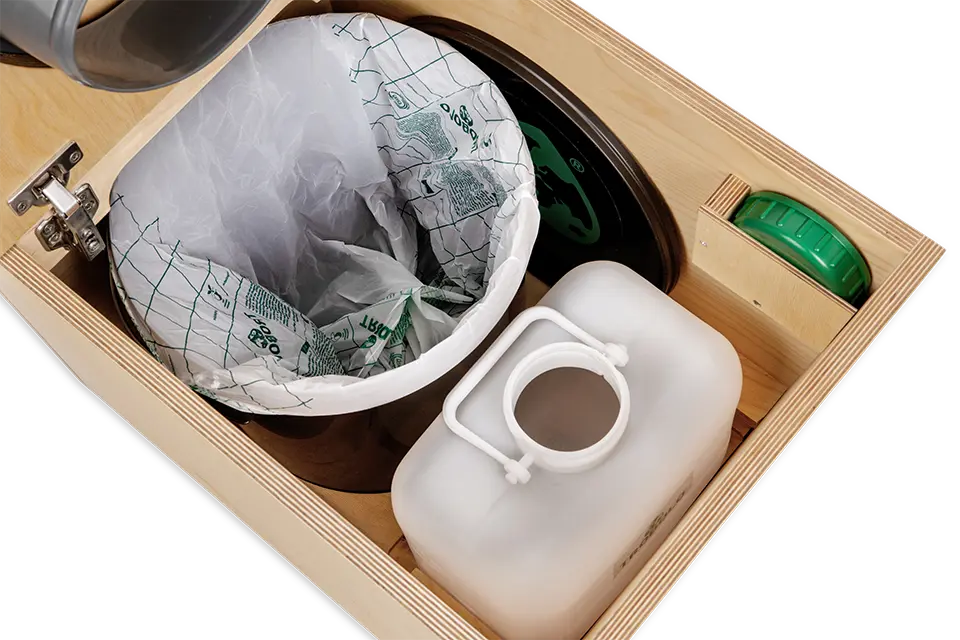
The heart of the separation system consists of an integrated separator made of durable plastic, which is precisely fitted into your TROBOLO and is located directly under the toilet seat. The separator is aligned in such a way that the urine in the front part of the toilet opening is directed into the internal liquids container, while faeces (excrement) in the rear part of the toilet opening are directed into the solids container. Both containers are located in the inner area of your TROBOLO which cannot be seen from the outside, but can be easily removed for emptying by folding up the upper wooden surface.
The liquids container can be closed air- and liquid-tight and can therefore be transported safely even over longer distances. The inlays or collection bags used in the solids container are specially tailored to its dimensions and can thus be inserted and removed easily and, above all, hygienically.
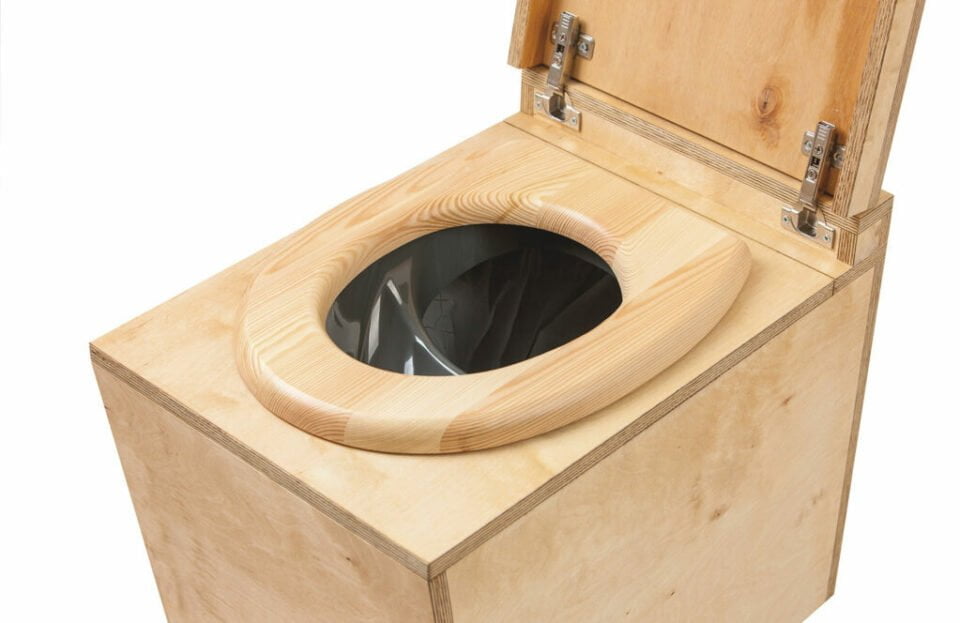
All components of the TROBOLO separation system work effectively and are cleverly concealed inside your TROBOLO. However, thanks to the use of litter and/or an air extraction system, not only are the visually unattractive aspects of the toilet removed from the user’s field of vision, but unpleasant odours are also significantly reduced or completely avoided, as shown in the next section.
Thanks to the TROBOLO separation system, toilet odours are effectively prevented and reduced to a minimum. Residual odours and moisture are bound with ecological litter to slow down the decomposition process, which is responsible for unpleasant odours in conventional composting toilets, where human excrements are collected unseparated in a collection container.
In contrast to a composting toilet without a separation system, where all urine, which makes up 90% of human excreta, has to be bound, the use of the TROBOLO separation system means that litter is only added to the solids, i.e. after each “Number Two”, and is therefore required to a much lesser extent. The litter is used by simply placing it in the rear part of the toilet opening, where it covers the faeces along with the toilet paper. In chemical toilets, the decomposition process is prevented by chemical additives, which also minimises the formation of odours, but also poses considerable risks to people and the environment.
In the TROBOLO KersaBœm, residual odours and any moisture are also transported outside via a natural exhaust system in form of an exhaust air pipe. Our TROBOLO TeraBlœm can optionally be equipped with the natural or electric exhaust system.
Separation of urine and faeces by the separating system has numerous advantages. Since urine accounts for the vast majority of human excreta, separation has the advantage that the containers can be emptied less frequently and independently of each other compared to a conventional composting toilet without a separation system.
In addition, the rotting processes that occur when urine and faeces are mixed and thus the formation of ammonia, which is mainly responsible for the unpleasant odour, is prevented. Finally, litter or a reliably working exhaust air system ensures that no unpleasant odours are emitted by a TROBOLO.
Here you will find detailed information on the topic: Odour minimisation and exhaust air systems.
Our TROBOLO Separating Toilet Systems also eliminate the need for time-consuming emptying by external service providers, as would be the case, for example, with chemical toilets, the use of a collection pit, sewage pit or tank. This is particularly advantageous when it is not possible for large vehicles to travel regularly to the location of the toilet. Furthermore, emptying by external service providers is often costly.
Instead, you can easily empty your TROBOLO yourself without coming into contact with the excreta, which makes the entire disposal process hygienic and uncomplicated.
Here you will find further information about emptying and disposal of TROBOLO dry toilets.
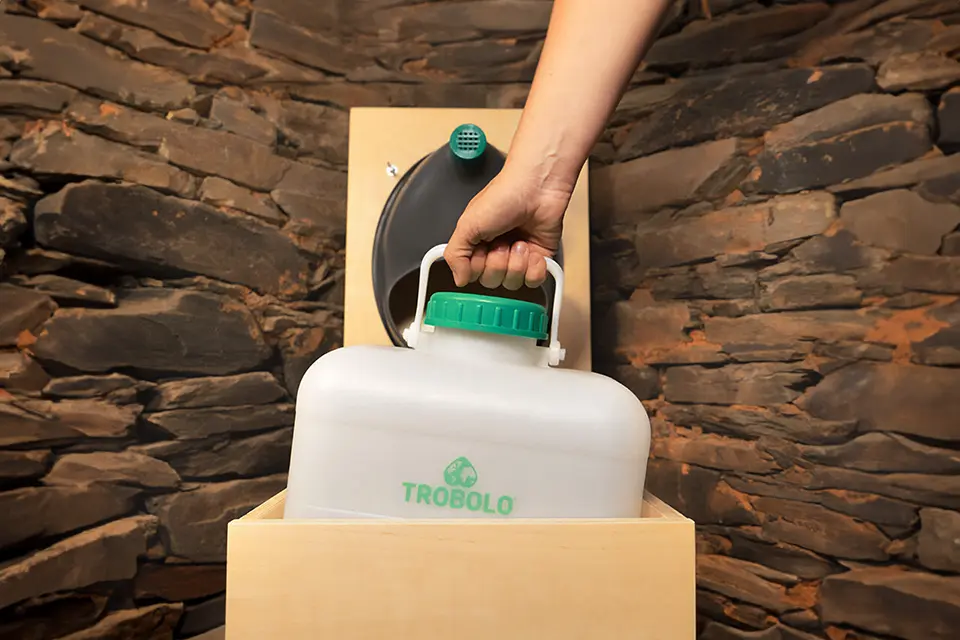
Finally, thanks to the TROBOLO Composting Toilet System, you not only save valuable water, but also have the option of composting the collected excrement and returning it to nature once it has decomposed. Due to its high nutrient content, urine diluted with water can be used directly as fertiliser. Solids can be easily disposed of in the home composter together with other organic waste, such as waste from your kitchen and garden.
In the course of the rotting process, which lasts about one year, an effective fertiliser humus is produced. This can then be spread on your ornamental plant beds, which not only improves the quality and structure of the soil, but above all returns to the earth valuable minerals that once entered the plants via the soil and finally into our organism via food intake.
Thus, composting excrements not only offers you the opportunity to increase the nutrient content of your garden soil, but also makes an important contribution to closing the nutrient cycle and thus to sustainability.
Further and extensive information on this topic can be found here: Composting.
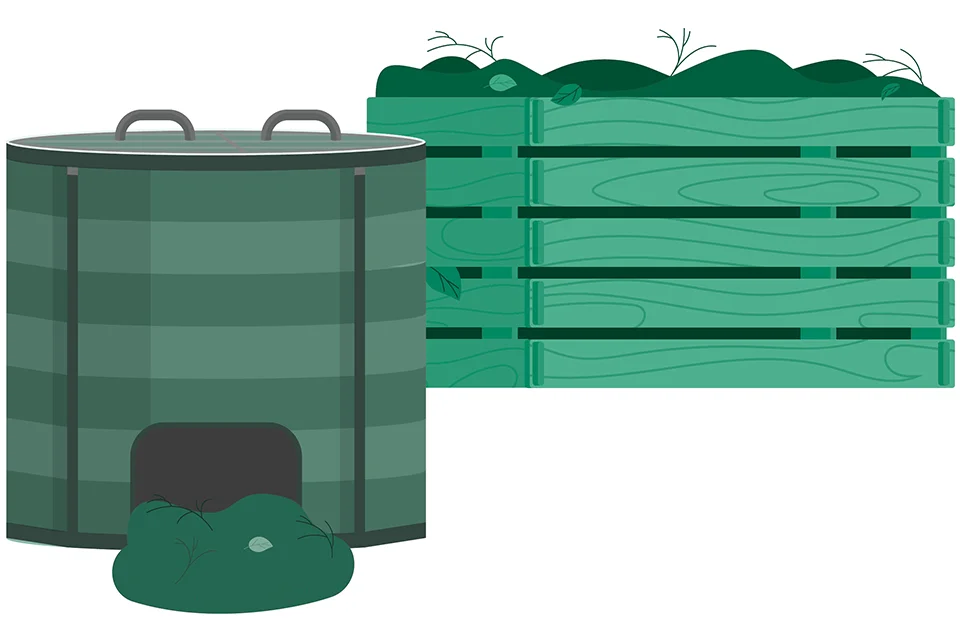
Due to the advantages just mentioned, which result directly from the way the TROBOLO Separating Toilet System works, our dry toilets are significantly more environmentally friendly than conventional toilets or dry toilets that use chemicals or composting toilets without a separating system.
Our TROBOLO dry toilets do not require any water at all, which in turn means that there is no black water produced, and that it does not have to be cleaned afterwards. In addition, the absence of chemicals means that there is no hazardous waste that is costly to dispose of and detrimental to the environment. Should you also decide to compost the excrements and use them as fertiliser, you will not only improve the ecological balance of your home garden, but your ecological footprint as a whole.
Further information on this topic can be found here: Separate Toilet Systems and Sustainability.
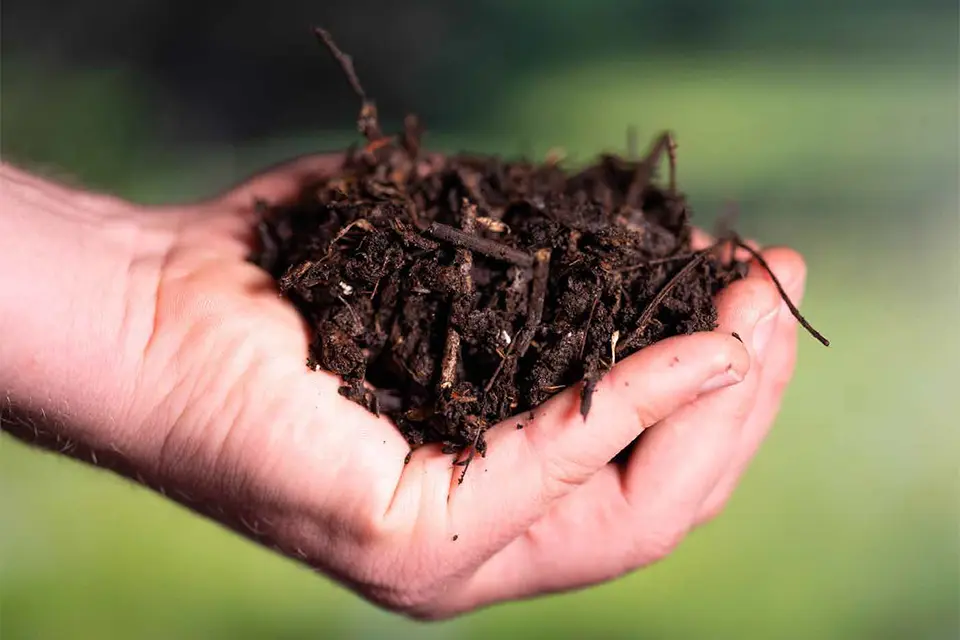
A maximum degree of self-sufficiency results from not having to be connected to the local sewerage system and from the simple and multiple ways of disposing of the excreta.
This means that you are not dependent on any connections when choosing the location of your TROBOLO and therefore do not have to make any location-related compromises when positioning your dry toilet. Our TROBOLO dry toilets are therefore also ideally suited for use in all those places where conventional toilet systems reach their limits.
Our TROBOLO models are also convincing in terms of running costs and offer you various savings opportunities. These result in particular from the waterless functioning of our dry toilets, which means that not only the costs for water use but also those for disposal and treatment of the waste water are eliminated, thus relieving not only the private but also the municipal purse. At an average cost of 3.1 to 6.2 cents per flush, which is no longer necessary for you as a TROBOLO user, you can save over 100 euros a year compared to a conventional toilet!
Finally, for our models without an electric exhaust air system the use of litter and inlays results in only minor costs. The models with electric exhaust system are even more economical. Thanks to the highly efficient electrical air extraction system, they generate minimal electricity costs (less than 4 euros per year) and do not require litter, which means that no additional costs are incurred. Ultimately, all our TROBOLO models can be operated for a whole year at significantly lower cost than conventional toilets or other toilet systems.
We have compiled detailed information on this topic for you here: Cost reduction and financial savings through Separating Toilet Systems.

Separating Toilet Systems from TROBOLO do not require any water at all and, thanks to the integrated separator, guarantee the efficient separation of solid and liquid waste. This alone already significantly reduces the formation of odours. The use of litter reduces odours to a minimum and the additional or even exclusive use of an (electrical) exhaust air system makes your TROBOLO dry toilet completely odourless. Precisely engineered inlays for the solids container and a liquid container that can be transported safely and comfortably allow for an emptying process that is both simple and hygienic.
The waterless function alone results in an extremely positive environmental balance of our dry toilets, which can be further improved by the possibility of composting the waste. Finally, independence from any connections guarantees a degree of self-sufficiency unknown in the sanitary engineering world. Furthermore, we only use wood from sustainable production for our wooden models, which also benefits our environment.
This means that you can set up your TROBOLO both at home and in the garden in a much more flexible way than is the case with other toilet systems – not to mention conventional toilets.
Sign up for our newsletter here to never miss out on any news or free promotions.
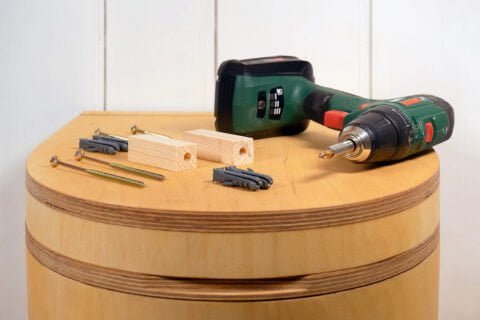
"Do-it-yourself" is the latest trend, so it's not surprising that more and more people want to build their composting toilet themselves. But how does that actually work? In this article, we take a closer look at the topic and give you numerous tips and tricks to make your do-it-yourself project a success. Have fun!
Read more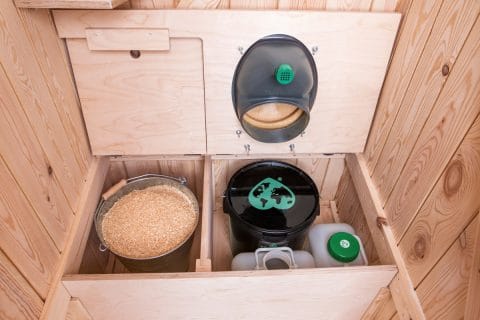
Below you will find information on functionality, areas of application as well as advantages and disadvantages of separating and dry toilets.
Read more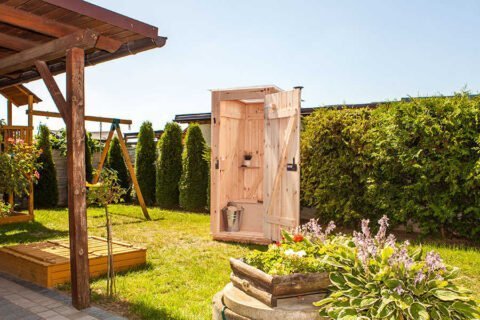
In this guide, you will find information about the functionality, areas of application as well as the benefits and disadvantages of composting toilets.
Read more¡Tenemos buenas noticias! Aunque gran parte de nuestro contenido todavía esté en inglés, ya hacemos envíos a tu país. Solo tienes que hacer el pedido y los productos te llegarán directamente a casa.
De acuerdoBuone notizie! Anche se la maggior parte dei nostri contenuti è ancora in inglese, spediamo già nel tuo paese. Fai un ordine e ricevi i prodotti direttamente a casa tua.
D'accordoVi har gode nyheder! Selvom det meste af vores indhold stadig er på engelsk, sender vi nu til dit land. Du skal bare afgive din ordre, så bliver produkterne leveret direkte hjem til dig.
ForståetWe hebben goed nieuws! Hoewel het meeste van onze inhoud nog steeds in het Engels is, verzenden we nu naar uw land. Plaats uw bestelling en de producten worden direct bij u thuisbezorgd.
BegrepenYou are currently viewing a placeholder content from Facebook. To access the actual content, click the button below. Please note that doing so will share data with third-party providers.
More Information